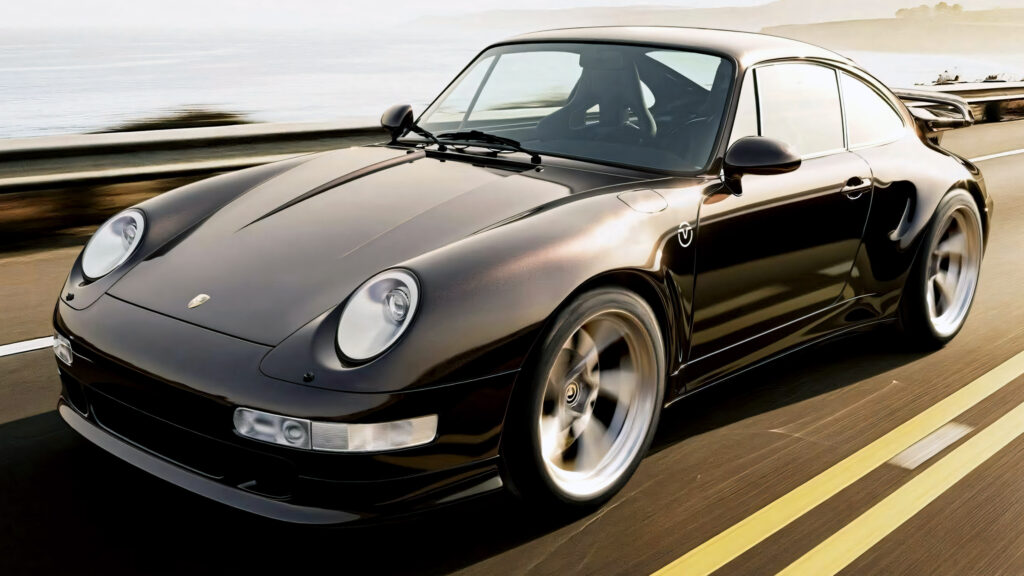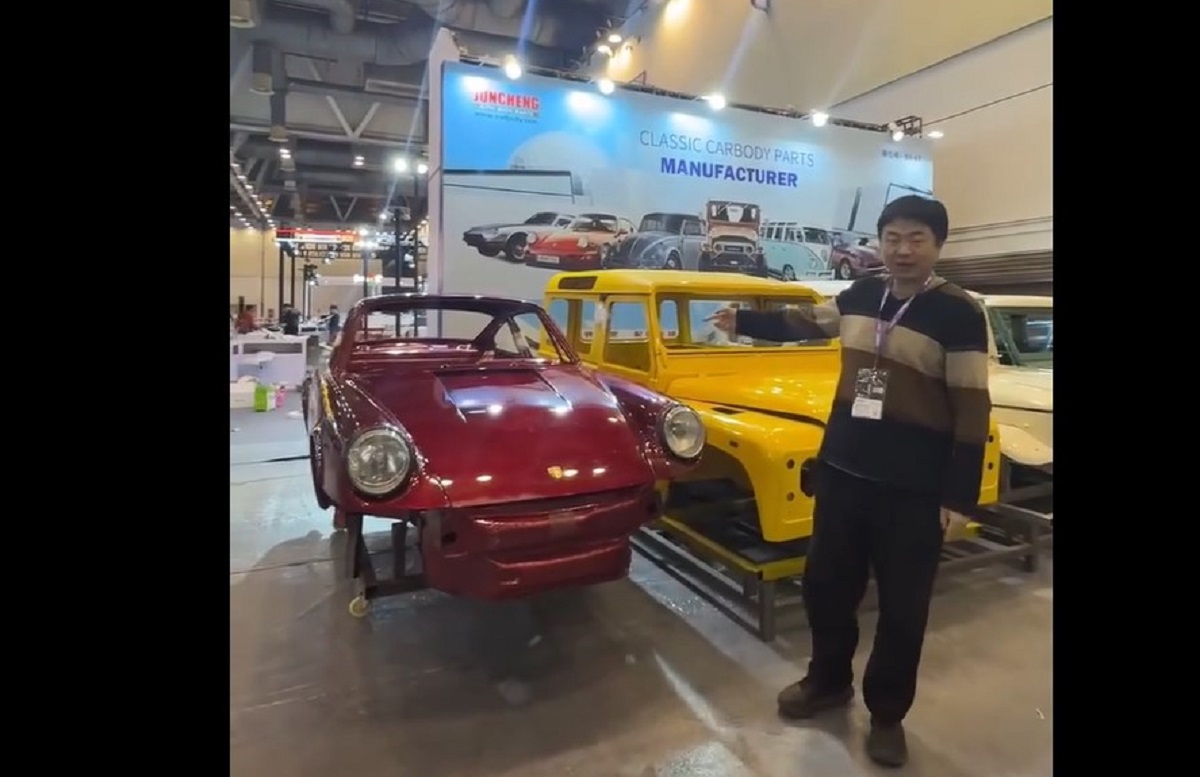Electric Transformation of the Porsche 993
Company Everrati has introduced the Porsche 911 993 Founders Edition with a fully electric powertrain. This electromod is equipped with a carbon body, a modernized interior, and a reworked chassis. The electric car develops 760 horsepower, provides a range of up to 200 miles, and offers a fully reversible conversion.
History and Revival
The Porsche 993 has always been one of the most desired among the 911s, remembered as the last generation with an air-cooled engine. This feature is absent in the latest development by Everrati, which transforms the 1990s classic into a fully electric sports car, offering a wide range of customization and modern enhancements.
Restoration Process and Design
The process of creating the 911 (993) Founders Edition begins with a complete restoration of the base car, performed by Porsche specialists. After that, the body is reimagined using carbon panels that preserve the timeless silhouette of the 993, borrowing subtle details from the Turbo S.
Noticeable external changes include new LED lighting, Everrati badges, and, of course, the absence of exhaust pipes. The car rides on 18-inch forged alloy wheels inspired by the classic HRE turbo twists, and buyers can personalize their cars using a wide palette of paints and optional graphic elements.
Updated Interior with Modern Elements
Inside the 993, heritage is combined with modern comforts. Alcantara and Bridge of Weir leather cover most of the interior, while smaller details such as levers and touchpoints have been reworked. The dashboard retains the familiar five-gauge layout of the original, only now updated for the electric setup.
A discrete Porsche Classic navigation system is located in the center console, providing Bluetooth connectivity and an option to connect to a higher-quality audio system. For those wanting a sportier layout, Recaro Sportster CS seats can replace the standard front seats, and removal of the rear seats is also available.
More Power, Same Weight
The most important changes occur under the body. The air-cooled flat-six engine is gone, making way for a single electric motor with 760 hp (567 kW / 771 PS) and a torque of 810 Nm (597 lb-ft). These figures surpass even the most extreme 993 models from Porsche, including the Carrera RS, Turbo S, and GT2. A special differential directs power to the rear wheels, providing acceleration from 0-60 mph (0-97 km/h) in 3.3 seconds and 0-100 mph (0-161 km/h) in 8 seconds.
Energy is supplied by a 63 kWh battery pack with advanced management and temperature control systems. When fully charged, it provides up to 320 km (200 miles) of range, although enthusiastic driving will likely reduce this figure. The system supports fast charging at 100 kW, allowing the battery to be charged from 20 to 80 percent in approximately 25 minutes.
Everrati also emphasizes that the conversion is as close as possible to the weight and balance of the original car, preserving the 993’s handling character.
Handling and Reversibility
The classic Porsche benefits from electric power steering, regenerative braking, as well as new suspension components and improved brakes. For those wanting the best handling, the company offers an optional performance package that adds active suspension and more durable brake materials.
Importantly, the process is reversible, meaning the base Porsche can be returned to its factory state if desired, which may help protect its resale value.
The 911 (993) Founders Edition is already available for order at an undisclosed price. The question is whether there will be enough 993 owners willing to convert their air-cooled Porsches into BEVs.

Photos by Everrati
This electrification of the Porsche 993 demonstrates how classic cars can get a new lease on life while preserving their history and character. The growing popularity of such projects indicates that the electric vehicle market is expanding not only through new models but also through the reimagining of automotive icons. An important aspect remains the reversibility of the modifications, which allows the car’s originality to be preserved for future generations.


 by
by 